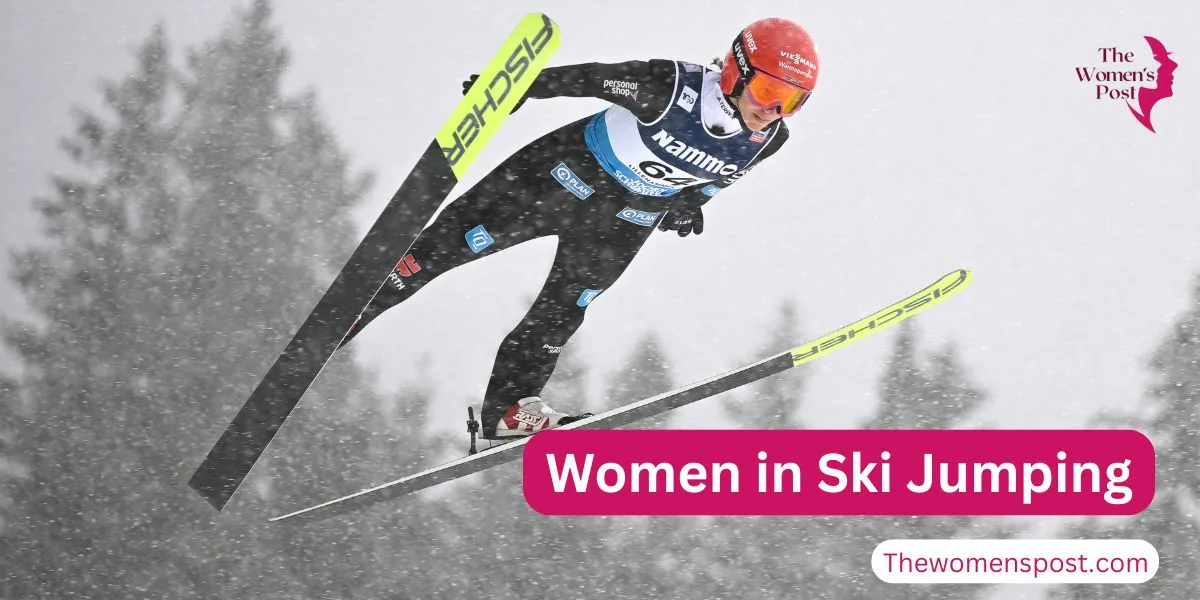The Rise and Influence of Women in Ski Jumping
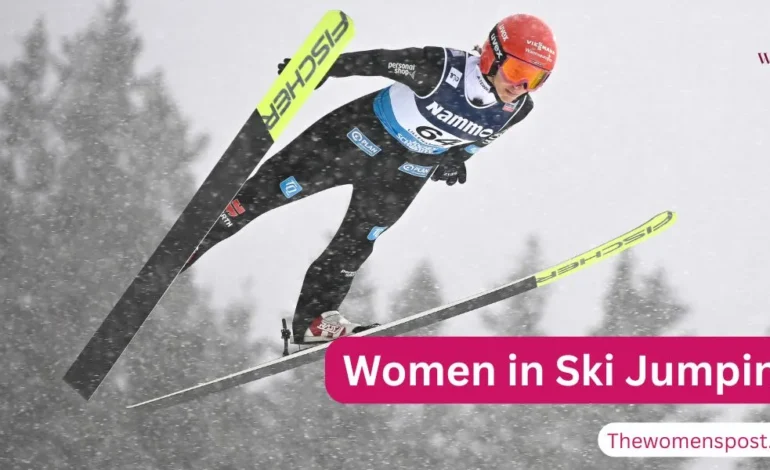
Women’s ski jumping is one of the most inspiring tales of grit and achievement in recent Olympic history. Following years of being left out due to prejudices about women’s abilities, female ski jumpers finally took flight onto the Olympic platform in 2014 and transformed the face of winter sport forever. Women’s ski jumping in the Olympics is a story of how they were resilient enough to break barriers.
Breaking Through Barriers
The journey to Olympic inclusion was neither quick nor easy. Female ski jumpers have participated in ski jumping since the 1800s, with remarkable early pioneers showing that women could excel in the sport. Some of the earliest female ski jumpers made headlines by jumping impressive distances, even when such efforts were frowned upon or even ridiculed. These women proved that there were no real barriers, only those made up by society and tradition.
Reasons for Exclusion
Why women were banned from ski jumping Olympics lay in discriminatory assumptions about women’s bodies, with officials usually arguing that ski jumping would be bad for the health of women. These assumptions were not scientific but based on old stereotypes. Thus, female ski jumpers were excluded from the largest competitions for decades.
The Battle for Olympic Recognition
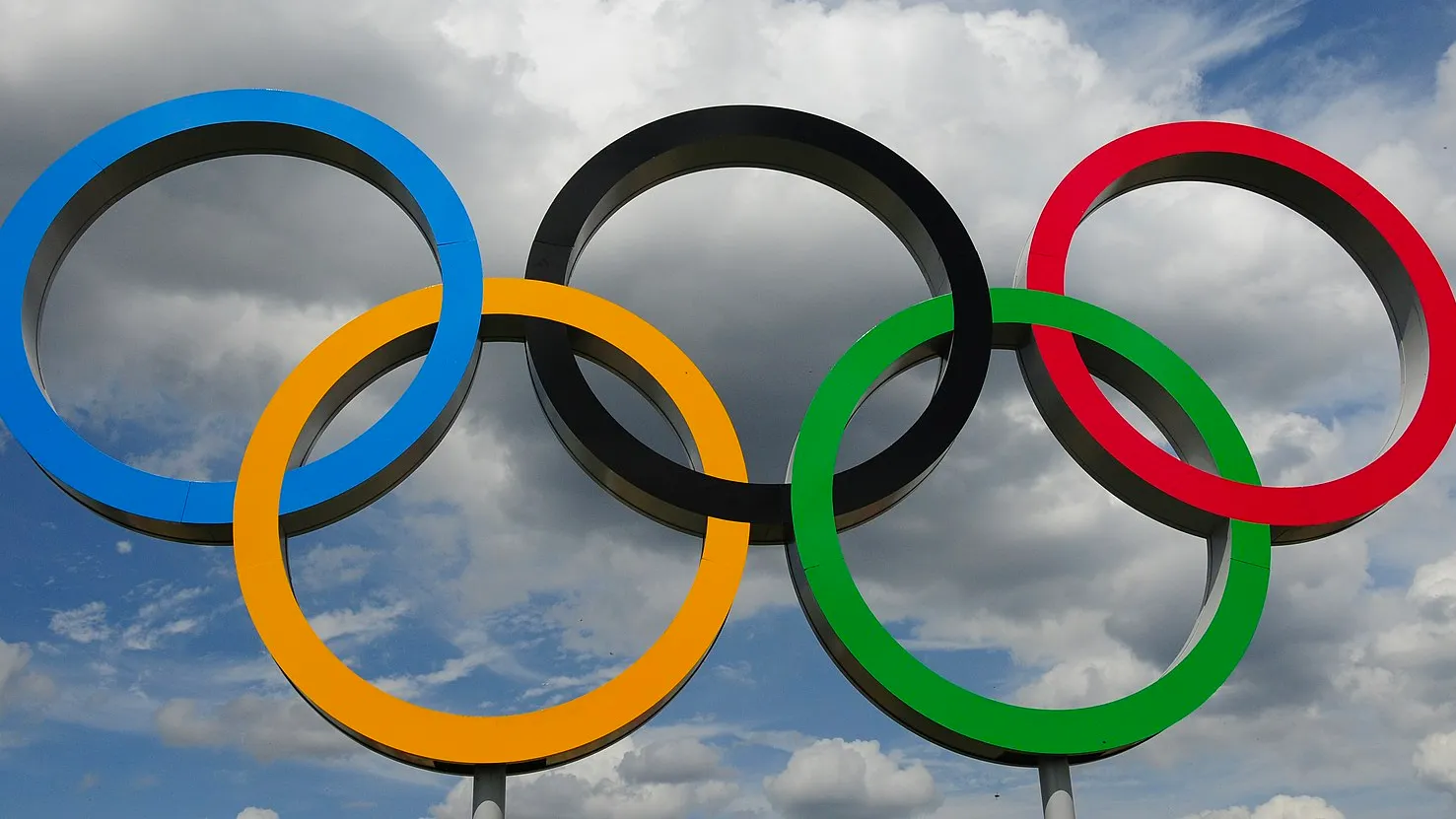
Also Read: Women Athletes and Mental Health: Getting Rid of the Stigma
Things started to change in the 1990s. A new generation of women ski jumpers made up the public face of the fight for equal treatment. Even though they were winning and breaking records in international competitions, they were not permitted to compete at the Olympics. It finally came to a boil when a group of persistent female ski jumpers took their case to court and alleged gender discrimination. Although their lawsuit did not lead to instant change, it attracted global focus on their cause, demonstrating why women were not allowed to participate in ski jumping Olympics and spurring the struggle for inclusion.
Finally, after considerable argument, the International Olympic Committee agreed to include women’s ski jumping on the Olympic program. This was the culmination of ski jumping being the sole Olympic winter sport that was men only, a breakthrough in women’s ski jumping history in the Olympics.
Historic Olympic Debut
When women ski jumpers eventually competed in the Olympics in 2014, it was a victory and vindication. Competitors worldwide participated, and the competition at once displayed how high the level had risen. The opening women’s Olympic ski jumping contest had thrilling performances and demonstrated how competitive and skilled the group was, reinforcing the influence of women ski jumpers on gender equity within sports.
Champions and Trailblazers
Sara Takanashi – The Record Breaker

Also Read: Breaking Down Barriers: How Women’s Involvement in Professional Sports Has Changed
Sara Takanashi of Japan started ski jumping from an early age and emerged as one of the most successful women ski jumpers in the sport. She has won more ski jumping competitions than any other skier and has won several major titles. Her determination and consistency have established her as a role model for aspiring athletes across the globe, adding to the influence of female ski jumpers on gender equality by inspiring the younger generation.
Maren Lundby – The Advocate
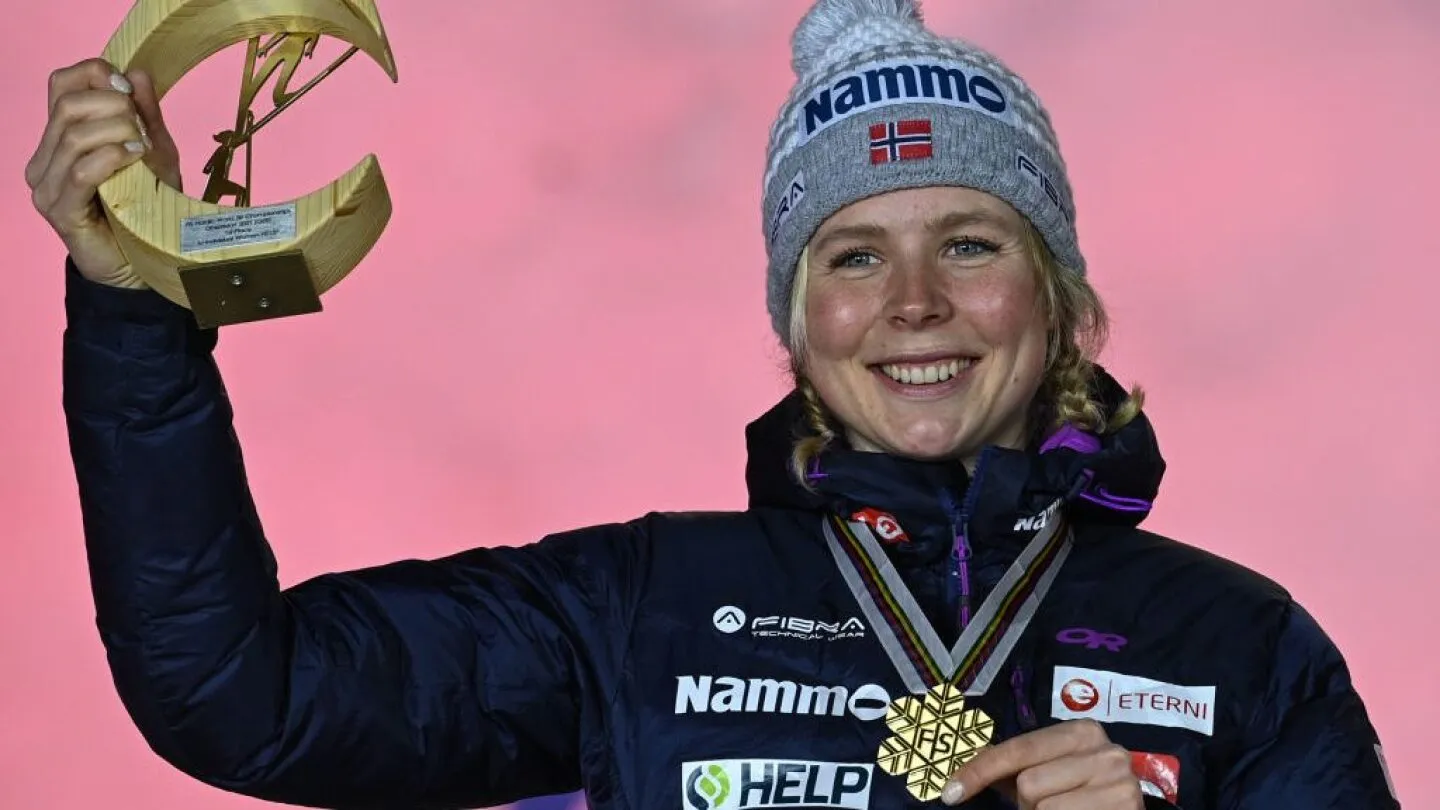
Maren Lundby of Norway is famous not only for her success in ski jumping, but also for her activism for equality. She took top honors at major world titles, including an Olympic gold, and was a key figure in advocating for women’s inclusion in more extensive competitions. Her activism granted women access to new events and larger hills, shattering further barriers and affirming the influence of female ski jumpers on gender equity.
Carina Vogt – The Historic Champion
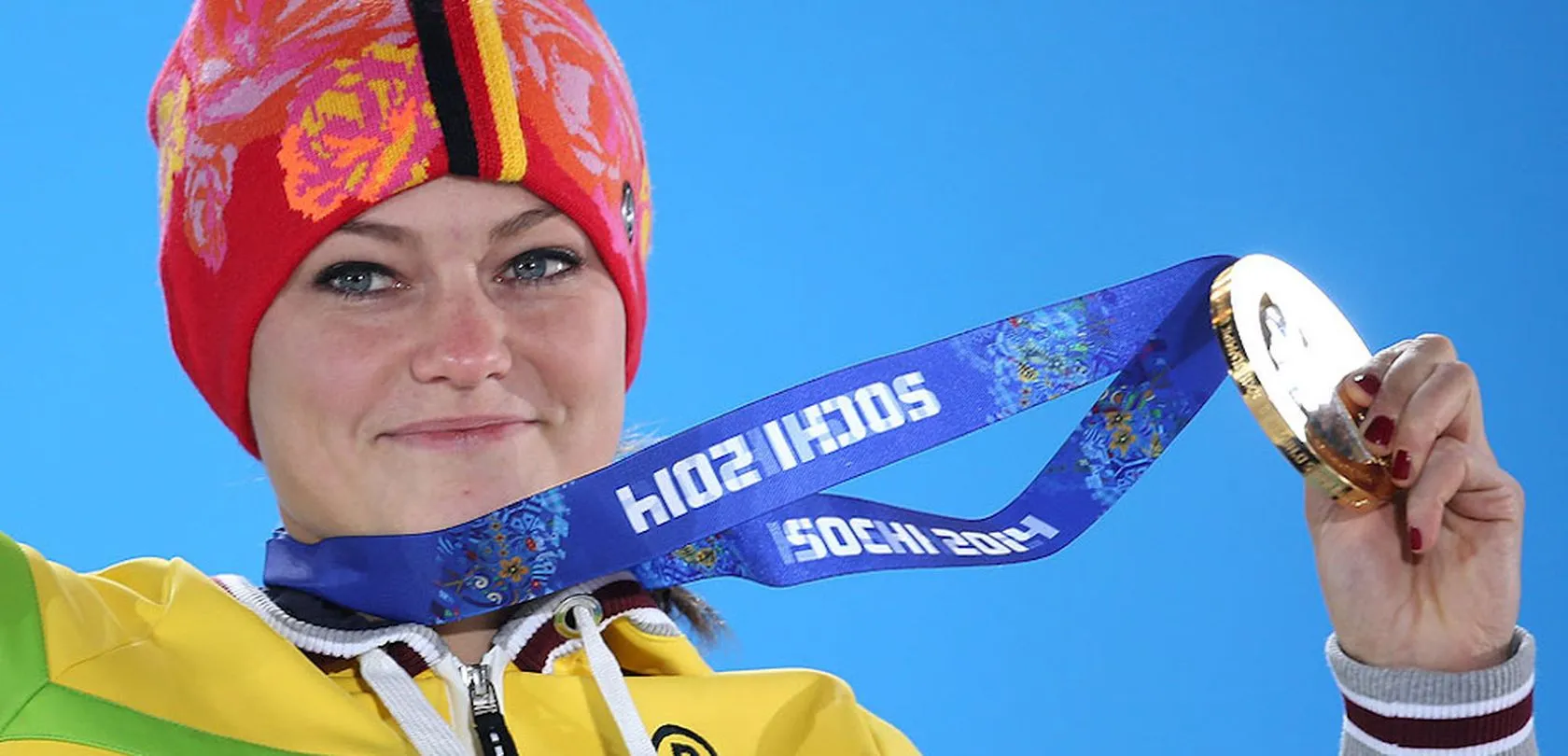
Also Read: Simone Biles: The All Time Greatest Gymnast
German Carina Vogt became history when she won the very first women’s Olympic gold in ski jumping. She had never stood atop the podium at a World Cup competition prior to her Olympic success, which made her achievement even more motivating. Carina continued to claim big championships during the subsequent years, demonstrating that one single brilliant moment may create a long and prosperous career. Her record is a milestone in women’s ski jumping history at the Olympics.
Daniela Iraschko-Stolz – The Pioneer
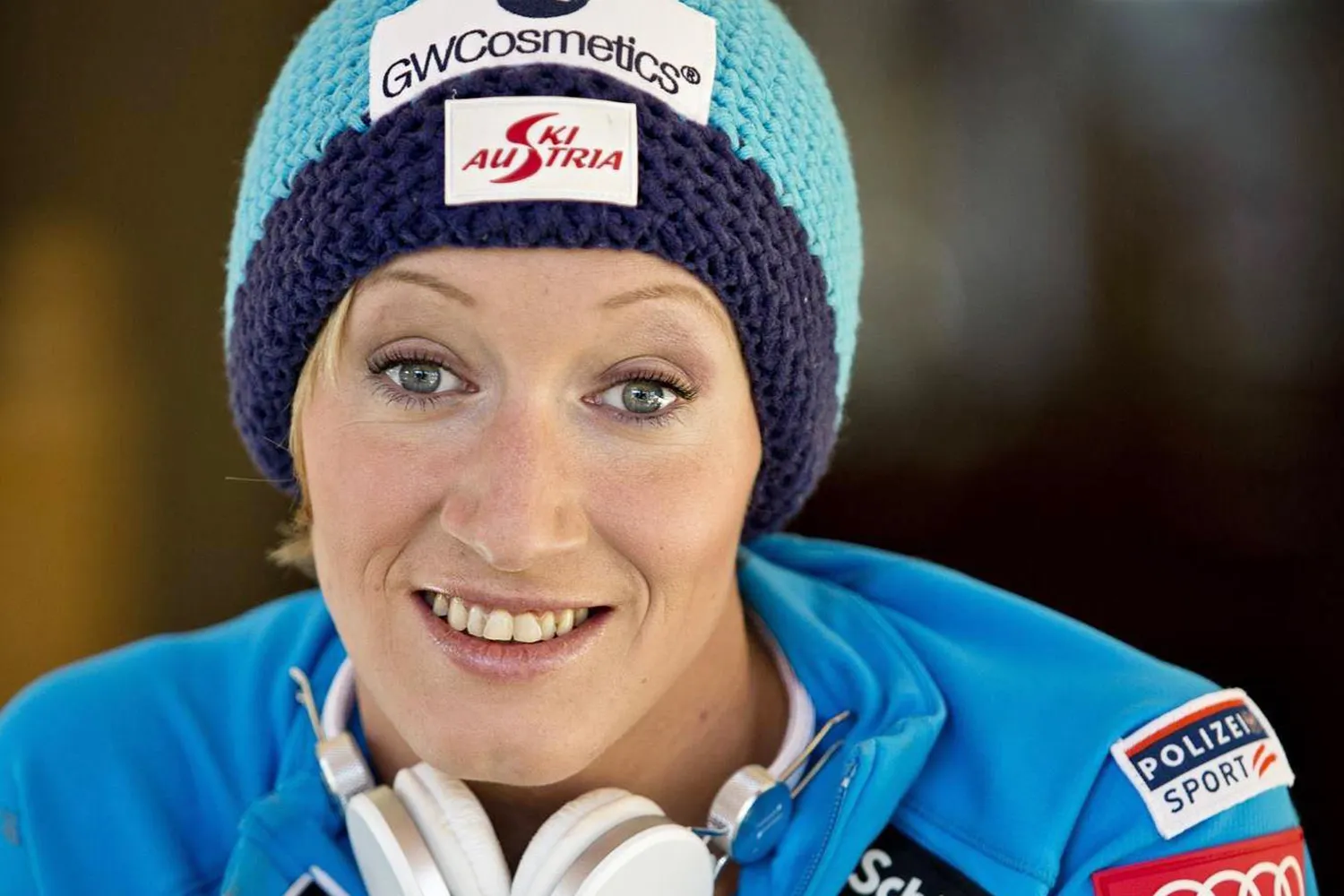
Austria’s Daniela Iraschko-Stolz exemplified what could be done by being the first female to jump an incredible distance of more than 200 meters. She had a long career spanning many decades and witnessed the sport move from a fringe activity to a glamorized Olympic sport. Her longevity and path-breaking nature set many examples for those who followed her, and her role, along with other women ski jumpers, helped further gender equality.
Jessica Jerome – The Brawler Champion
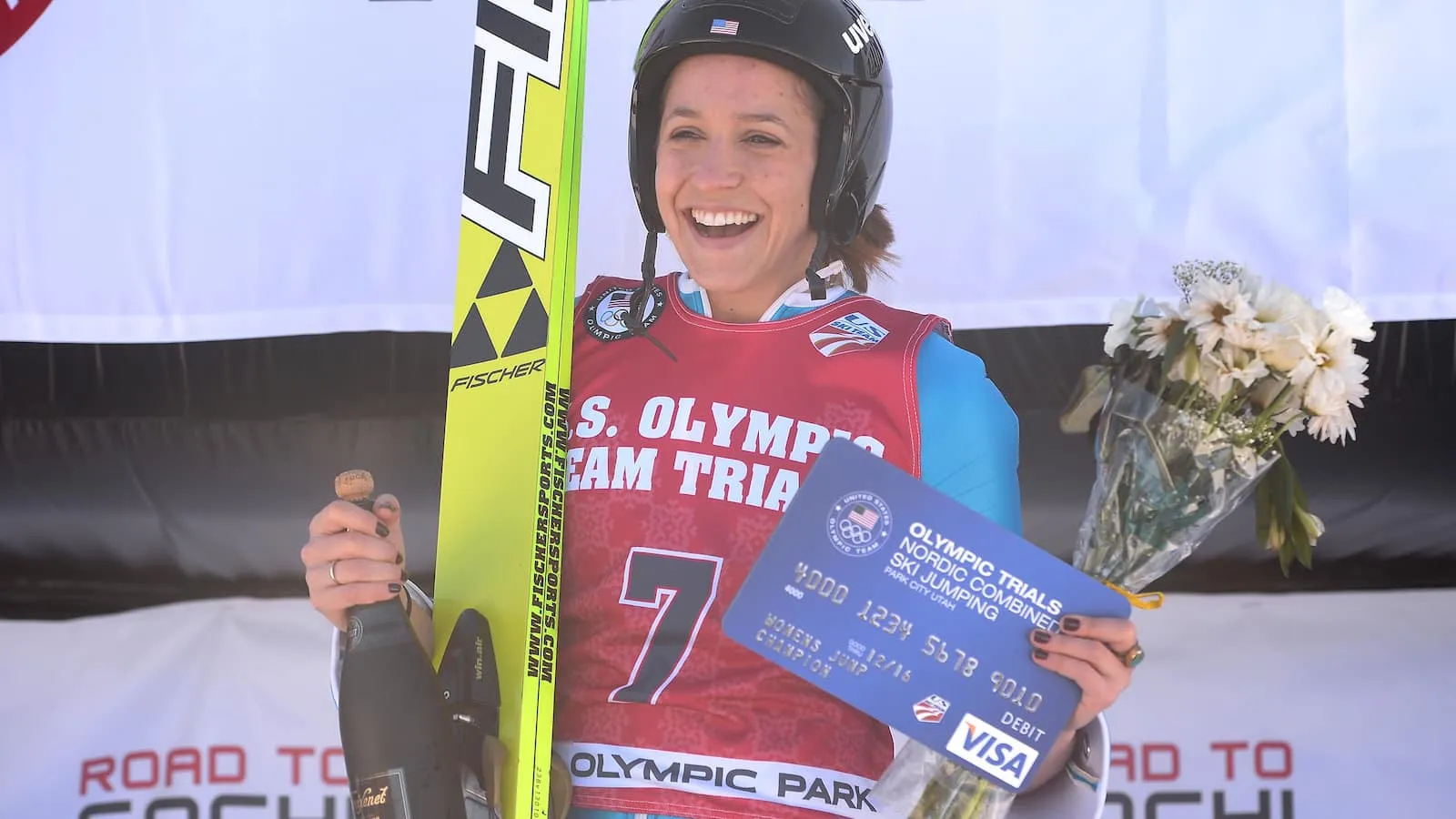
Also Read: Serena Williams: Redefining Tennis and Beyond with Power, Passion, and Purpose
Jessica Jerome of the United States became famous not only for her ability on the hill, but for her persistence off it. She began jumping at a young age, won national championships, and was at the forefront of the fight for women’s participation in the Olympics. The tale of Jessica is a strong reminder of how determination can bring about change, as she broke down the reason that women were not allowed to compete in ski jumping Olympics and advocated for a future where everyone could participate.
Current Excellence and Future Growth
Women’s ski jumping today is still changing and breaking boundaries. Teenagers like Slovenia’s Nika Prevc are setting new records and claiming international titles. The sport has more nations and talent than ever before. Women have also started competing on the biggest hills, something once viewed as impossible. As female ski jumpers get more experience, their performance keeps getting better at a rapid pace.
Current Challenges
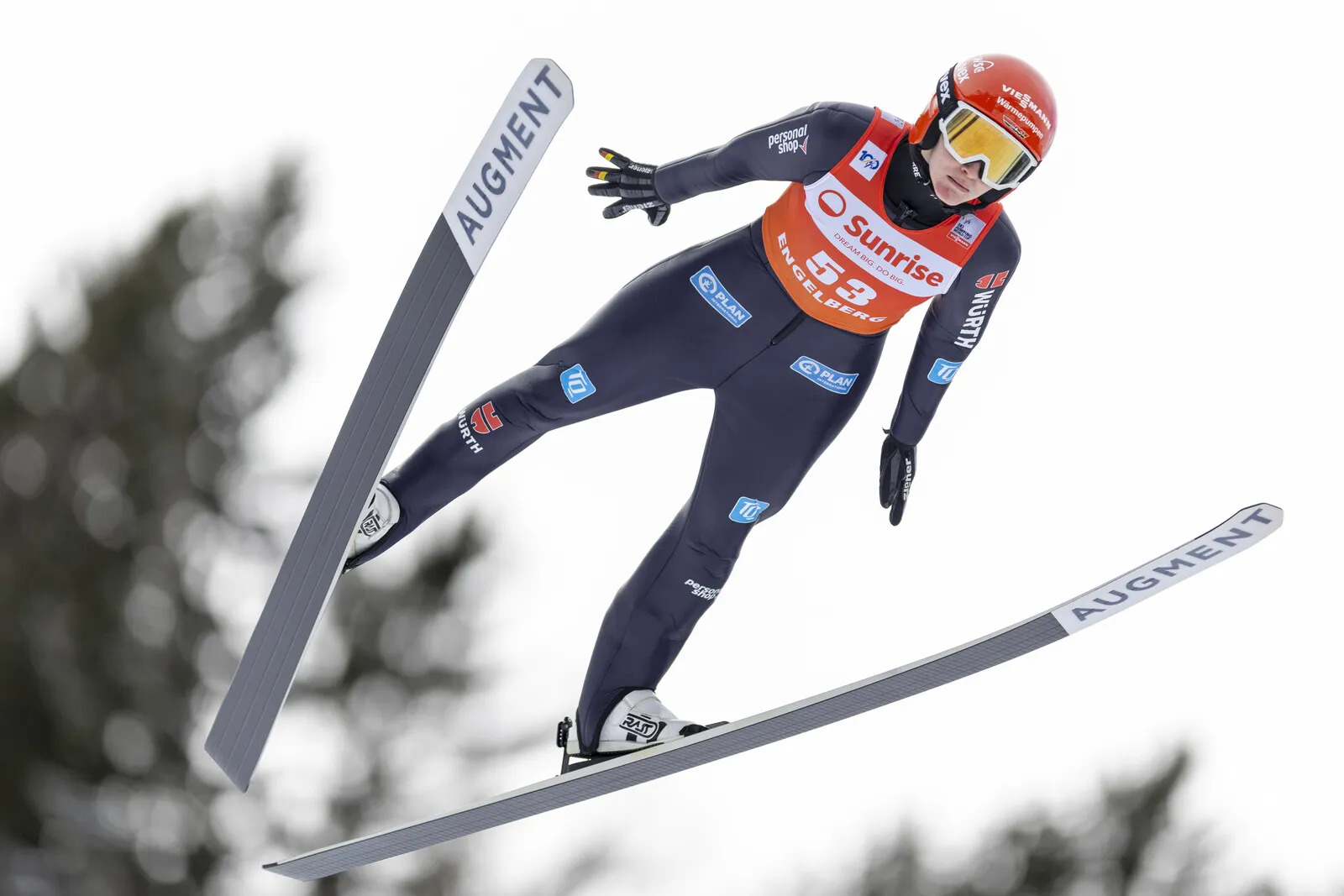
Also Read: Women of Heart Awards: A Beacon of Compassion and Empowerment
Despite immense progress, current challenges women in ski jumping have are still pertinent. There are instances where female champions don’t get equal prize money or acclaim compared to their male counterparts. Women are sometimes awarded token rewards while men collect huge sums of money for comparable performance. In an effort to bridge such discrepancies, some athletes and supporters have begun raising funds and creating awareness. Also, women are still not permitted to compete in all events on offer to men, like Nordic Combined at the Olympics. These issues that women currently encounter in ski jumping indicate that there is still a need for advocacy to attain full equality.
Legacy and Impact
The ascendancy of women’s ski jumping is about a lot more than athletics. It illustrates the value of resisting unequal treatment and acting together for lasting change. From pioneering jumpers defying social convention in lengthy skirts, to the current world champions shattering records, every generation of women’s ski jumpers has pushed against the notion that women shouldn’t or couldn’t participate.
By winning their spot in the Olympics, women’s ski jumping opened doors not only for athletes, but for spectators and for generations to come. Current young ski jumpers can now dream bigger because they know that more opportunities are available for them than anyone else before them. The journey proves that change is achievable when individuals will not accept defeat, using determination in sport, in law, and in advocacy. Their effect on gender equality is not only in medals but in the record heights the sport is still achieving.
These women didn’t simply jump further—they jumped past barriers of prejudice and emerged in a new time for women in sport.


